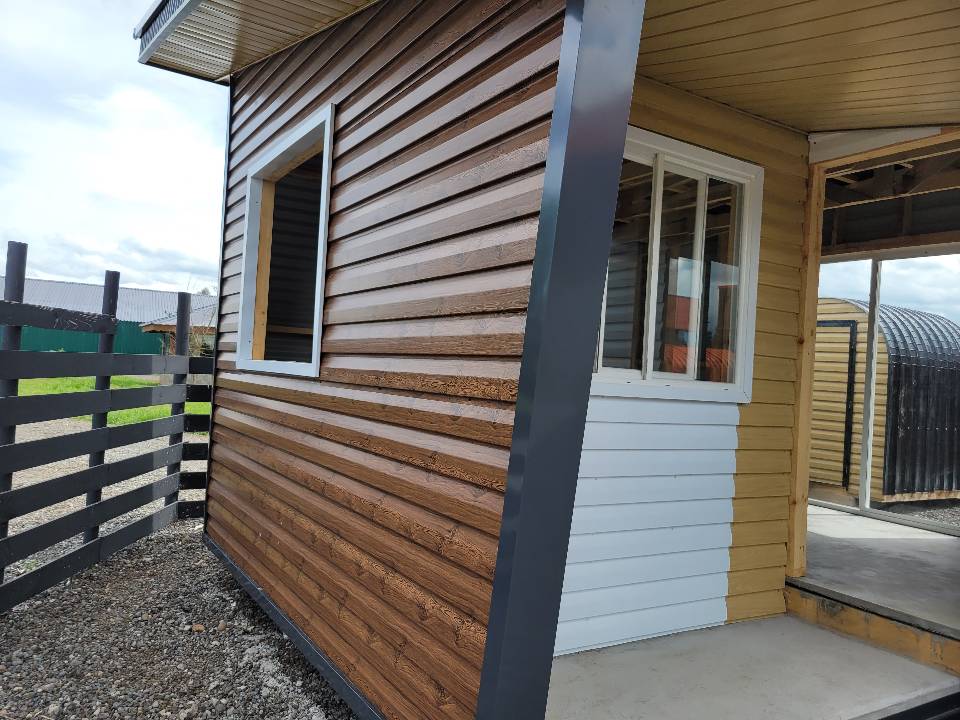Corrugated Sheet Production Line Using Advanced Rolling Technology for Efficiency
Understanding the Corrugated Sheet Rolling Machine
In the modern manufacturing landscape, efficiency and precision are paramount, especially in the production of building materials. One of the key players in this arena is the corrugated sheet rolling machine, a specialized device designed to produce corrugated metal sheets widely used in construction and industrial applications. This article delves into the working principles, benefits, and applications of corrugated sheet rolling machines.
Working Principles
The corrugated sheet rolling machine operates based on a series of rollers that shape flat metal sheets into corrugated forms. Typically made from durable materials like steel or aluminum, the raw sheets are fed into the machine, where they are subjected to pressure as they pass through the rollers. These rollers are precisely engineered to create specific ripples and folds, enhancing the structural integrity of the sheets while also providing an aesthetic appeal.
The process begins with loading the raw material into the machine. As the sheet moves through the rollers, it experiences significant pressure that molds it into the desired corrugated shape. The rollers can be adjusted to achieve different corrugation patterns, allowing manufacturers to customize their products according to specific needs. Additionally, the speed of the machine can be modified, producing varying lengths of corrugated sheets based on production requirements.
Advantages
One of the most significant advantages of using a corrugated sheet rolling machine is efficiency. The automated processes allow for high-speed production with minimal labor, reducing operational costs significantly. Since these machines can produce sheets at a rapid pace, manufacturers can quickly meet market demands, which is critical in today’s fast-paced environment.
corrugated sheet rolling machine

Moreover, the durability of the corrugated sheets produced by these machines should not be overlooked. The corrugated structure provides enhanced resistance to bending and impact, making these sheets an excellent choice for various applications, including roofing, wall cladding, and even packaging. By employing high-quality materials and precise engineering, manufacturers can create products that withstand harsh weather conditions and heavy loads, ensuring longevity and reliability.
Applications
Corrugated sheets find extensive use in various sectors. In the construction industry, they are often used for roofing and wall systems due to their lightweight nature and strength. They are also common in agricultural applications, providing sturdy shelters for livestock and storage buildings. Beyond construction, corrugated sheets are utilized in manufacturing processes, such as creating packaging materials that offer both protection and ease of handling.
Moreover, the versatility of corrugated sheets allows them to be customized for specific applications. For instance, sheets can be coated with protective finishes or colored to meet aesthetic demands. This flexibility enhances their market appeal and helps manufacturers cater to a broader range of customers.
Conclusion
In conclusion, the corrugated sheet rolling machine is a vital component of modern manufacturing, especially in the construction and industrial sectors. Its ability to produce durable, efficient, and customizable corrugated sheets positions it as an indispensable tool for manufacturers. As technology advances, these machines will likely evolve, further enhancing the capabilities and efficiency of corrugated sheet production, continuing to meet the ever-growing demands of the market.
-
Roof Panel Machines: Buying Guide, Types, and PricingNewsJul.04, 2025
-
Purlin Machines: Types, Features, and Pricing GuideNewsJul.04, 2025
-
Metal Embossing Machines: Types, Applications, and Buying GuideNewsJul.04, 2025
-
Gutter Machines: Features, Types, and Cost BreakdownNewsJul.04, 2025
-
Cut to Length Line: Overview, Equipment, and Buying GuideNewsJul.04, 2025
-
Auto Stacker: Features, Applications, and Cost BreakdownNewsJul.04, 2025
-
Top Drywall Profile Machine Models for SaleNewsJun.05, 2025








